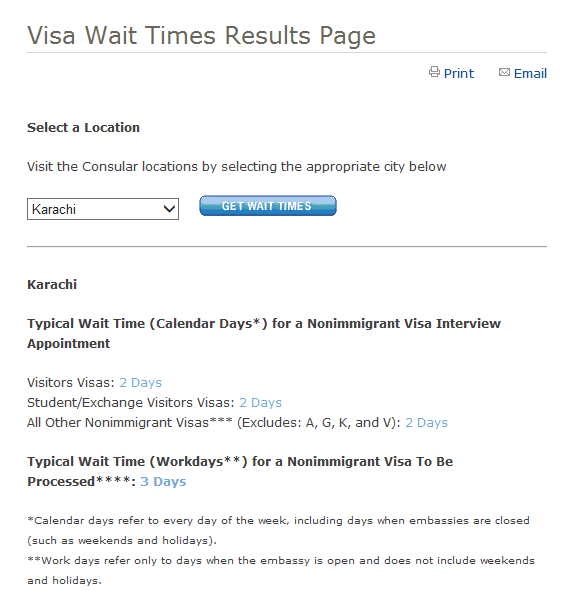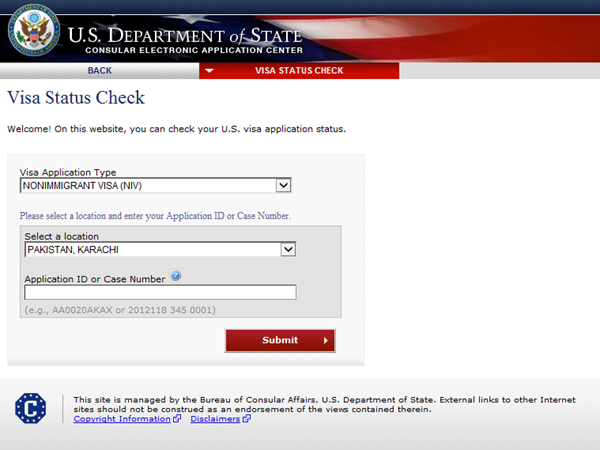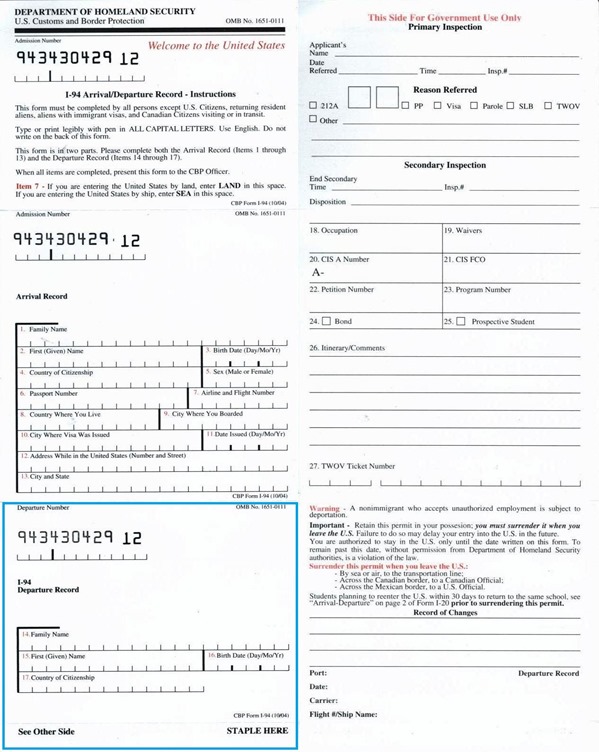The Border Security, Economic Opportunity and Immigration Modernisation Act (SB 744) was passed by the Senate Judiciary Committee on a vote of 13 to five, and is likely to come to the floor of the Senate to be voted on in June 2013. The House of Representatives has drafted its own bill for immigration reform. However, there are reports of disagreements among lawmakers in the House of Representatives over provisions in the house's bill. Both pieces of proposed legislation represent a concerted effort among lawmakers to reform the immigration laws. The next few months will be pivotal with respect to whether immigration reform legislation is passed in the United States during 2013.
Introduction
The Border Security, Economic Opportunity and Immigration Modernisation Act (SB 744) was introduced into the Senate on April 16 2013 by Senators Schumer, Durbin, Bennet, Menendez, McCain, Rubio, Flake and Graham (referred to as the 'gang of eight'). This comprehensive piece of immigration legislation addresses border security issues and has provisions to reform the H-1B and L-1 non-immigrant visa categories. It creates a path towards citizenship for those who are undocumented, creates a merit-based visa and reallocates the distribution of visas. The bill appears to have a decent amount of support among a large bipartisan group of US senators. As a result, there is a good chance that this bill may pass the Senate and eventually become law. Naturally, the bill is receiving widespread attention among various media outlets, and is being monitored closely by US employers and the public.
Several key provisions of the bill may have an impact on US employers sponsoring foreign nationals for the H-1B and L-1 categories.
H-1B
The new bill proposes the following general changes to the H-1B category:
- It creates a floor of 110,000 and ceiling of 180,000 for the H-1B cap.
- It increases the master's cap from 20,000 to 25,000.
- It creates a new wage level system.
- It prohibits H-1B-dependent employers from using the Level 1 wage rate.
- it requires H-1B employers to advertise for the H-1B position on the Department of Labour website for a 30-day period.
In relation to dependent employers, the bill proposes as follows:
- It will prohibit outplacement, outsourcing or placement of H-1B workers by H-1B dependent employers.(1)
- It will allow outplacement, outsourcing or placement for non-dependent H-1B employers, but impose an additional filing fee of $500.
- Employers (other than educational or research employers) that employ 50 or more workers in the United States are banned from sponsoring H-1B workers if more than 75% of their workforce is in H-1B status (in 2015), changing to 65% in 2016 and 50% in 2017.
- The May 3 2013 amendment to bill defines an 'intending immigrant' for the purposes of calculating H-1B dependency as a H-1B worker who has a pending or approved labour application, rather than requiring a labour application pending for one year or more.
In relation to reporting, the bill requires all H-1B-dependent employers to submit an annual report to the Department of Homeland Security, including W-2s for all H-1B workers employed during the previous fiscal year.
In regard to the Department of Labour and labour condition applications, the bill:
- changes the standard of review of labour condition applications by the Department of Labour from reviewing for completeness to reviewing for completeness and evidence of fraud;
- changes the timeframe for processing labour condition applications from seven to 14 days;
- allows employers to file the Form I-129 with an uncertified labour condition application;
- removes the reasonable cause requirement for conducting a Department of Labour investigation and replaces it with the provision that the departement may initiate an investigation;
- requires the Department of Labour to conduct annual compliance audits of each employer with more than 100 employees, if more than 15% of the employees are in H-1B status, and requires these audits to be available for public inspection;
- increases Labour Condition Application fines from $1,000 to $2,000 for misrepresentation, and from $5,000 to $10,000 for wilful misrepresentation; and
- allows Department of Labour employees to file complaints regarding labour condition applications and eliminates the requirement that the Department of Labour know the tipster complaining of the labour condition application violation.
The new bill proposes to amend filing fees as follows:
- It requires H-1B-dependent employers with 50 or more employees to pay an extra filing fee of $5,000 for each H-1B petition filed each fiscal year, beginning in FY 2015 (October 1 2014 to September 30 2015), if 30% to 50% of the H-1B employer's employees are in H-1B or L-1 status. The amended bill imposes the same filing fee on employers that file L-1 petitions, if 30% to 50% of the L-1 employer's employees are in H-1B or L-1 status, but imposes the fee in FY 2014 (October 1 2013 to September 30 2014), rather than 2015.
- It requires H-1B-dependent employers with 50 or more employees to pay an additional fee of $10,000 for each H-1B petition filed each fiscal year, beginning in FY 2015 (October 1 2014 to September 30 2015), and continuing through the 2017 fiscal year, if 50% to 75% of the H-1B employer's employees are in H-1B or L status. The amended bill imposes the same filing fee on employers who file L-1 petitions, if 50% to 75% of the L-1 employer's employees are in H-1B or L-1 status, but imposes the fee in FY 2014 (October 1 2013 to September 30 2014), rather than 2015.
- It imposes an additional fee of $1,250 for each H-1B or L-1 petition which has at least 25 full-time employees.
- It imposes an additional filing fee of $2,500 per H-1B or L-1 petition for an employer that employs more than 25 employees.
The above additional fees are on top of the other filing fees already imposed on employers filing H-1B and L-1 petitions.
Further, the bill imposes a $500 fee for filing an application for permanent employment certification (Form 9089).
L-1
In relation to L-1 visas, the new bill will:
- prohibit the outplacement or outsourcing of L-1 workers, if not controlled or supervised principally by the sponsoring employer; and
- impose a requirement that if an L-1 worker is placed at a third-party location, the third party attests that the worker has not displaced and will not displace a US worker for 90 days before or after the date of the filing the L-1 petition.
In regard to filing fees, the bill:
- requires L-1 employers with 50 or more employees to pay an additional $5,000 filing fee if 30% to 50% of its workforce is in H-1B or L-1 status;
- requires L-1 employers with 50 or more employees to pay an additional $10,000 if 50% to 75% of its workforce is in H-1B or L-1 status;
- imposes an additional fee of $1,250 for each L-1 petition for employers that employ 25 or fewer full-time employees; and
- Imposes an additional filing fee of $2,500 per L-1 petition for an employer that employs 26 or more employees.
Endnotes
(1) An employer is considered to be an H-1B dependent employer if it has:
- 25 or fewer full-time equivalent employees and at least eight are in H-1B status;
- 26 to 50 full-time equivalent employees and at least 13 H-1B non-immigrant workers; or
- 51 or more full-time equivalent employees, of whom 15% or more are H-1B non-immigrant workers).
[Source – International Law Office – Copyrights]



